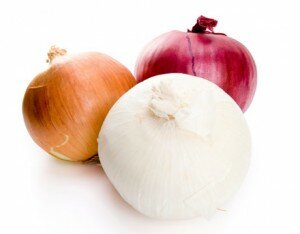 One thing that you will notice in this generation is it is not all about going to the doctor anymore. People are constantly looking for herbs and natural treatments that will help them with the most common things. That is what we are going to cover in the next couple blogs, exactly what treatments are out there and what they can help you with.
One thing that you will notice in this generation is it is not all about going to the doctor anymore. People are constantly looking for herbs and natural treatments that will help them with the most common things. That is what we are going to cover in the next couple blogs, exactly what treatments are out there and what they can help you with.
Onions of all things are things that can actually help you with a number of different things – for example, improving athletic performance all the way to helping control diabetes.
If you do not like onions, you might want to just try some dried onions as well as just adding in some onions somewhere in your diet! More in the next blog!
If you are anything like me, you know just how annoying oily skin can be. I am the type of person that is constantly looking for ways that I can treat my oily skin naturally too and I can tell you for certain that tomatoes work wonders on oily skin. The tomato juice inside of the tomatoes is something that will open up all of your pores and pull out any contaminates.
So how does this work? Well, you want to make sure that you rub the tomato half all over your face and let the juice soak right into your skin and dry. This should only take right around fifteen minutes and once it is dry, you want to make sure that you use hot water first then cold.
What that will do is cause your pores to close and keep out any of the bacteria that will make your skin oily all over again.
Renting a stairlift is a great alternative to making a purchase.
There are around 51 million Americans that have high cholesterol levels. As you can see on TV, on newspaper ads, or on the internet, there are also millions of suggested ways to lower your cholesterol.
Remember that there are good cholesterol (HDL) and bad cholesterol (LDL) in the human body. A certain balance between these two helps our body to be in optimal condition.
Too much of the bad cholesterol predisposes one to problems like heart diseases. When you have your blood screened for cholesterol ask your doctor for guidance as what your goal should be. There are the best levels, borderlines, and high risk levels when you read out the laboratory results.
